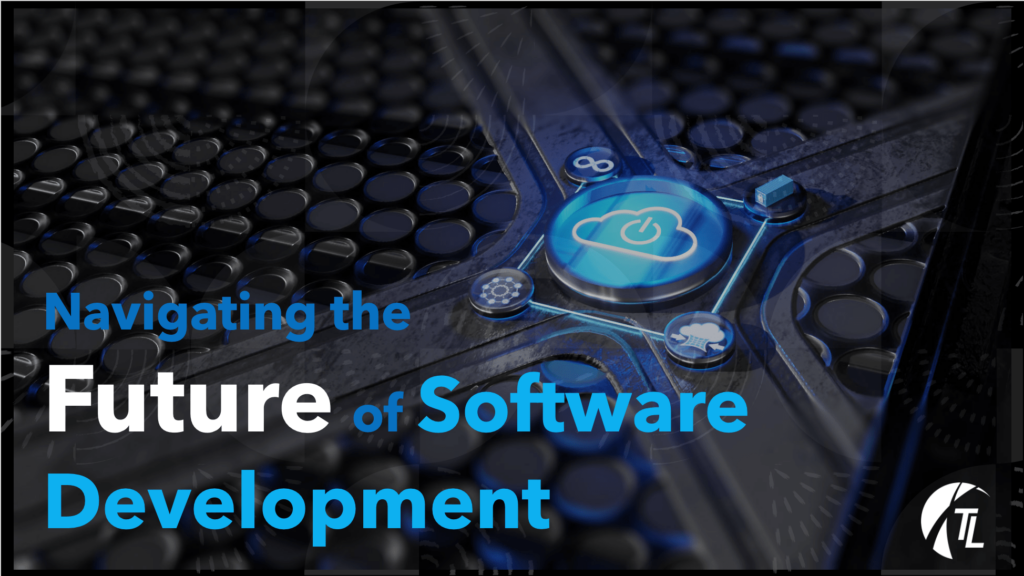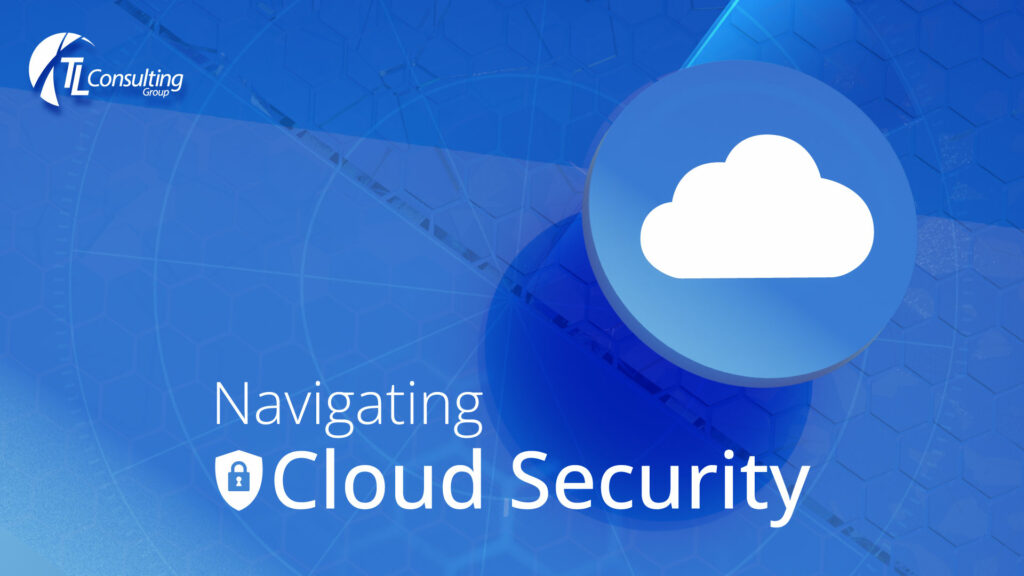Infrastructure as Code (IaC) is a critical component of contemporary DevOps practices, offering a plethora of advantages to both development and operations. It allows organisations to automate the creation, setup, and administration of infrastructure resources. In essence, IaC solutions provide teams with the capability to oversee and establish their infrastructure using code. After the code is authored, it defines, arranges, or records the configurations of the pertinent infrastructure elements. Subsequently, teams can automate the provisioning procedure, eliminating the necessity for manual configuration via consoles, or command-line interfaces (CLIs). What is IaC? IaC streamlines infrastructure management by using code to automate resource creation, configuration, and removal. It also facilitates testing and validation before deployment. This centralises configuration for consistent settings and standardised provisioning across different deployments and organisations, solving complexity issues. Moreover, IaC lets teams group infrastructure components, assigning ownership and responsibility to specific members. This simplifies complex deployments and promotes full-service ownership, with a comprehensive record accessible to all. IaC instructions can be monitored, committed, and reverted like regular code, enabling teams to adapt to rapid changes in a CI/CD environment. Benefits of IaC IaC brings several advantages for modern DevOps teams: Streamlined and Reliable Deployments: IaC empowers DevOps teams to expedite and ensure the reliability of infrastructure changes, minimising the potential for human errors during deployment. Enhanced Consistency and Compliance: IaC enforces uniform infrastructure configurations across all environments, reducing downtimes and fortifying security by maintaining compliance with standards. Improved Scalability and Agility: IaC simplifies the process of adjusting infrastructure to meet changing demands, allowing for seamless scaling up or down and swift creation of new environments for testing and development. Living Documentation: IaC code serves as dynamic documentation for your infrastructure, offering a transparent and accessible way for anyone to comprehend the infrastructure’s configuration, particularly valuable when onboarding new team members. Cost Efficiency: IaC significantly reduces infrastructure costs by automating manual processes and optimising resource utilisation. This helps in crafting cost-effective infrastructure configurations and instilling resource management best practices. Security Integration: IaC integrates security best practices directly into infrastructure configurations. Security measures are automated and consistently applied, reducing the vulnerability to security breaches. IaC and CI/CD IaC plays a crucial role in the seamless operation of continuous integration and continuous delivery (CI/CD) pipelines. These pipelines automate the processes of creating, testing, and deploying software applications. When IaC is integrated into CI/CD pipelines, it empowers DevOps teams to automate the setup and configuration of infrastructure at each stage of the pipeline, ensuring that applications are consistently deployed in a compliant environment. Within the CI/CD context, Infrastructure as Code (IaC) proves to be an invaluable resource. It allows teams to consolidate and standardise physical infrastructure, virtual resources, and cloud services, enabling them to treat infrastructure as an abstract concept. This, in turn, lets them channel their efforts into the development of new products and services. Most importantly, IaC, as a critical enabling technology for complete service ownership, ensures that the appropriate team member is always prepared to build, manage, operate, and rectify infrastructure issues, thereby guaranteeing efficiency, security, and agility within the realm of DevOps. Use Cases for IaC in Modern DevOps Streamlining Development and Testing Environments: IaC streamlines the process of creating and configuring development and testing environments. This automation accelerates project kick-offs and ensures that testing mirrors production conditions. Efficient Deployment of New Applications to Production: IaC automates the deployment of new applications to production environments. This automation minimises the potential for errors and guarantees consistent deployments, contributing to enhanced reliability. Controlled Management of Infrastructure Changes: IaC empowers teams to manage infrastructure changes in a controlled and repeatable manner. This approach minimises downtime and provides the safety net of rollback procedures in case of unexpected issues. Dynamic Infrastructure Scaling: IaC facilitates dynamic scaling of infrastructure resources to adapt to fluctuations in demand. This flexibility eliminates the risks of over-provisioning and resource wastage, optimising cost-efficiency. These use cases underscore the indispensable role of IaC in modern DevOps, providing a foundation for agile and reliable development and deployment practices. Tips for using IaC in Modern DevOps Here are some technical tips to maximise the benefits of IaC in your DevOps practices: Choose the right IaC tool: Select an IaC tool that aligns with your team’s skillset and the specific needs of your infrastructure. Common IaC tools include Terraform, AWS CloudFormation, Ansible, Puppet, and Chef. Each has its own strengths and use cases. Version control your IaC code: Treat your IaC code just like application code by storing it in a version control system (e.g., Git). This helps you track changes, collaborate with team members, and roll back to previous configurations if needed. Use modular code structures: Break your IaC code into reusable modules and components. This promotes code reusability and maintains a clear, organised structure for your infrastructure definitions. Automate deployments: Integrate IaC into your CI/CD pipeline to automate the provisioning and configuration of infrastructure. This ensures that infrastructure changes are tested and deployed consistently alongside your application code. Implement infrastructure testing: Write tests for your IaC code to ensure that the desired infrastructure state is maintained. Tools like Terratest and InSpec can help you with this. Automated tests help catch issues early in the development process. Separate configuration from code: Keep your infrastructure configuration separate from your IaC code. Store sensitive data like API keys, secrets, and environment-specific variables in a secure secrets management system (e.g., HashiCorp Vault or AWS Secrets Manager). Document your IaC: Create documentation for your IaC code, including how to deploy, configure, and maintain the infrastructure. Proper documentation makes it easier for team members to understand and work with the code. Adopt a “declarative” approach: IaC tools often allow you to define the desired end state of your infrastructure. This “declarative” approach specifies what you want the infrastructure to look like, and the IaC tool figures out how to make it happen. Avoid an “imperative” approach that specifies step-by-step instructions. Use parameterisation and variables: Make use of variables and parameterisation in your IaC code to









